A bathroom brush is a cleaning tool designed specifically for cleaning bathrooms. It usually consists of a brush head (bristles or sponge) and a handle. It is used to remove stains, scale, and mold from surfaces such as bathroom tiles, glass, bathtubs, toilets, and sinks. The long handle design not only increases the convenience of operation, but also effectively reduces the burden on the wrist and arm during cleaning. The brush head of the cleaning brush is easy to remove and replace, making it convenient for you to clean and maintain it as needed. At the same time, the entire product is also easy to clean, ensuring that you always enjoy its performance during use.
1. The main functions of bathroom brushes
(1) Cleaning stubborn stains
Remove mold, soap scum, scale, etc. from the gaps between tiles.
Scrub stains and bacteria on the inner walls of bathtubs and toilets.
(2) Efficient decontamination
Hard-bristled brushes are suitable for scrubbing stubborn dirt, while soft-bristled brushes or sponge heads can clean easily scratched surfaces (such as glass and acrylic bathtubs).
(3) Convenient cleaning of dead corners
The long handle design can easily clean hard-to-reach areas such as the floor, corners, and drains.
(4) Use with detergents
Can be used with bathroom-specific cleaners (such as mildew removers and acidic cleaners) to enhance the cleaning effect.

2. Recommendations for purchasing bathroom brushes
(1) Choose bristles based on the material
Hard bristle brushes: ceramics, tiles, toilets.
Soft bristle/sponge brushes: glass, acrylic, chrome faucets.
(2) Consider the handle design
Long or retractable handles are suitable for cleaning high places and floors.
Anti-slip handles are safer (especially when operating with wet hands).
(3) Hygiene and maintenance
Choose a brush with a detachable brush head or antibacterial material to prevent mold growth.
Rinse and dry after use to extend the service life.
3. Common problems and solutions for bathroom brushes
(1). Bristles become hard or deformed
Problem: After a period of use, the bristles become hard, split, or lose their elasticity, affecting the cleaning effect.
Cause: Long-term contact with detergents (especially strong acids and alkalis) causes the material to age. High-temperature water washing or exposure to sunlight accelerates the hardening of the bristles.
Solution: Choose bristles made of corrosion-resistant materials (such as silicone, high-quality nylon). Avoid scalding with boiling water. Rinse with clean water after use and dry. Replace the brush head regularly (usually 3-6 months).
(2). Brush head breeds mold or odor
Problem: The brush head becomes damp and moldy, producing an unpleasant odor and even contaminating the cleaning surface.
Cause: The bathroom environment is humid and the brush is not thoroughly dried.
Detergent residue or dirt accumulation.
Solution: Rinse thoroughly after use and hang in a ventilated place to dry (avoid placing it directly on the ground). Regularly soak and disinfect with bleach or baking soda solution (10-15 minutes). Choose a hanger with a drain hole, or use a brush made of antibacterial material.
(3). Scratching the bathroom surface while cleaning
Problem: Hard-bristled brushes or metal brush heads cause scratches on glass, acrylic bathtubs, or chrome faucets.
Cause: The bristles are too hard or contain impurities (such as sand). Apply too much force or rub horizontally.
Solution: Choose a brush based on the material: Choose a sponge or microfiber brush for glass/mirrors. Choose a nylon bristle brush for tiles/toilets. Choose a soft-bristled brush or nano sponge for acrylic bathtubs. Rinse the surface before cleaning to avoid sand friction.
(4). Broken or loose handle
Problem: The connection of the long-handled brush is broken, or the brush head and handle are detached.
Cause: The material is not durable (low-quality plastic). Applying too much force or soaking in detergent for a long time causes corrosion.
Solution: Choose a bathroom brush with a reinforced handle (such as a stainless steel core or ABS plastic). Avoid using the brush to pry stubborn dirt. It is safer to use a dedicated cleaning shovel. Replace the brush with a detachable design and replace damaged parts separately.
(5). Poor cleaning effect
Problem: The brush cannot remove scale, soap stains or mold.
Cause: The bristles are worn or the wrong type is selected. Not using a special cleaning agent (such as acidic scale remover).
Solution: Soak stubborn scale in citric acid or vinegar before scrubbing. Spray mold stains with chlorine bleach and let it sit for 10 minutes before scrubbing. Replace the brush head or upgrade to an electric rotary brush (to improve efficiency).


 中文简体
中文简体 English
English Español
Español Français
Français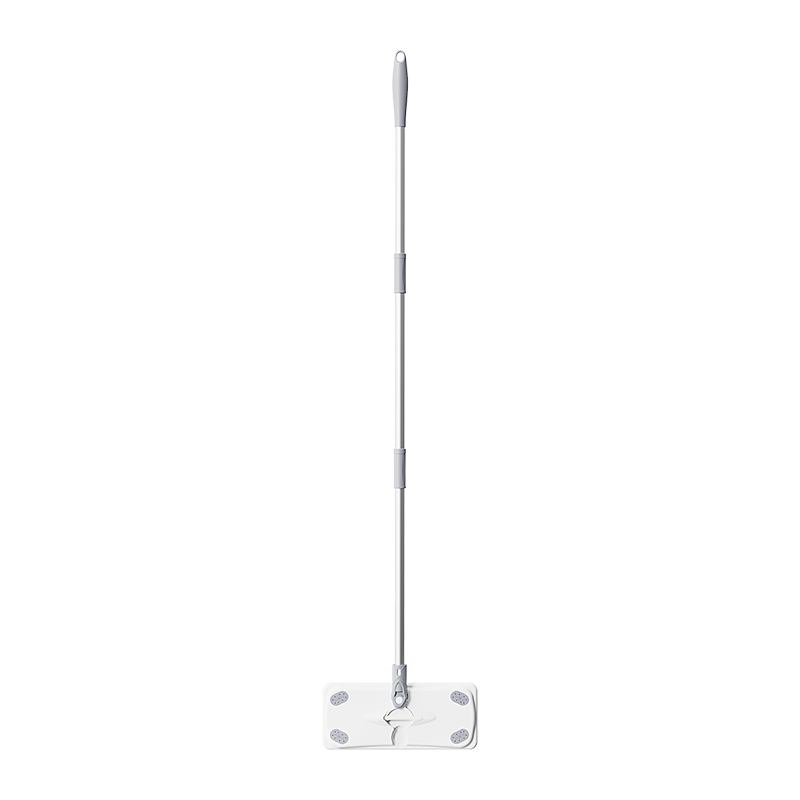
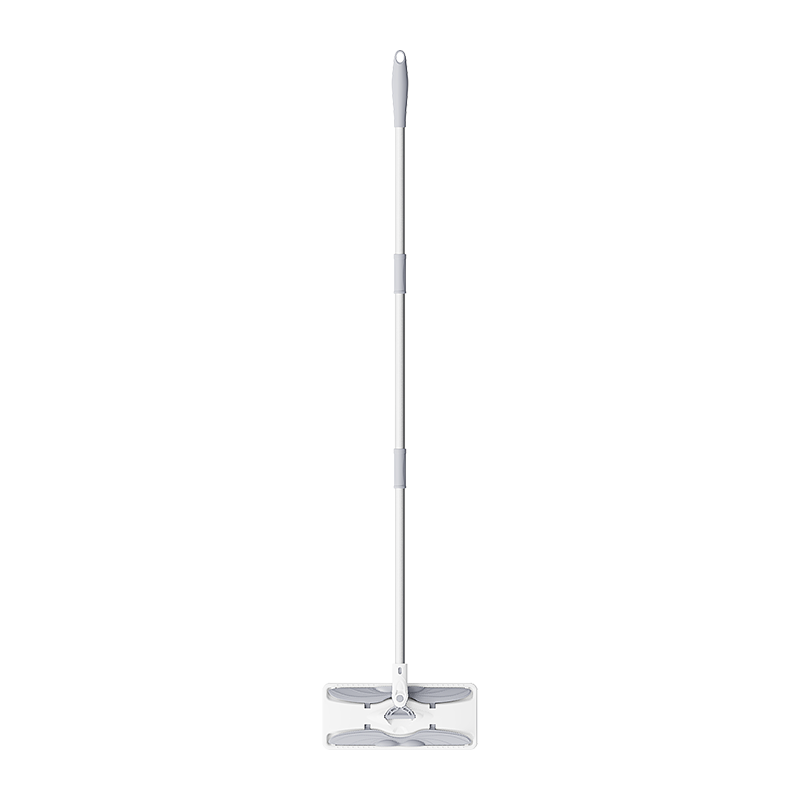
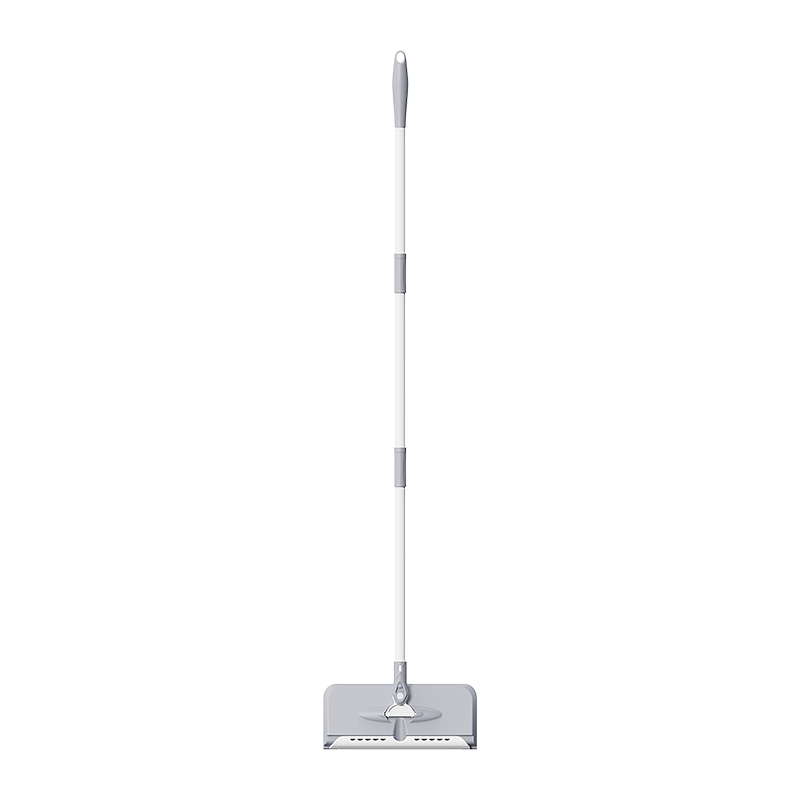
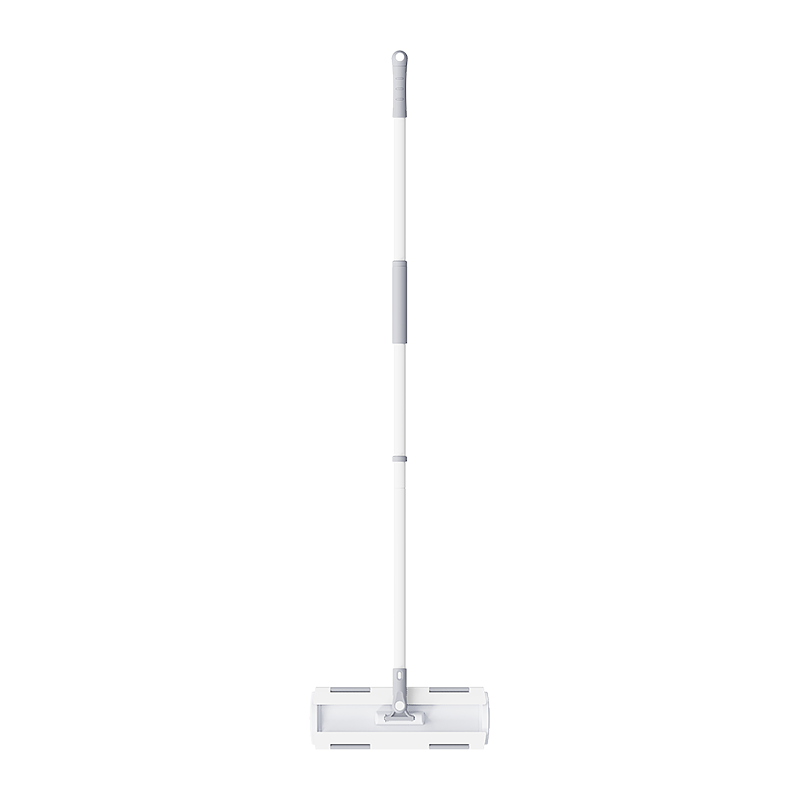
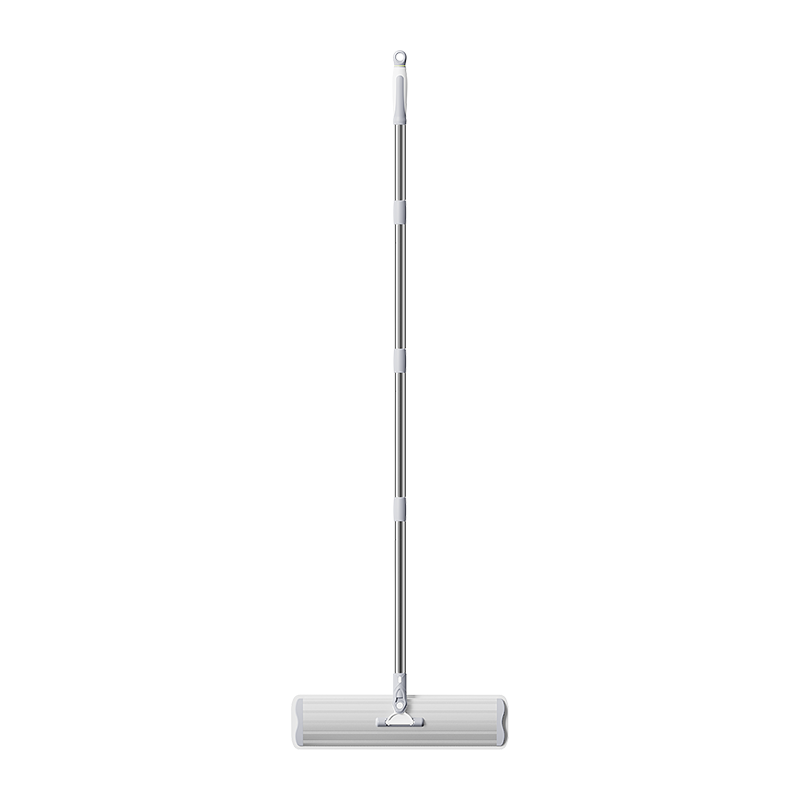
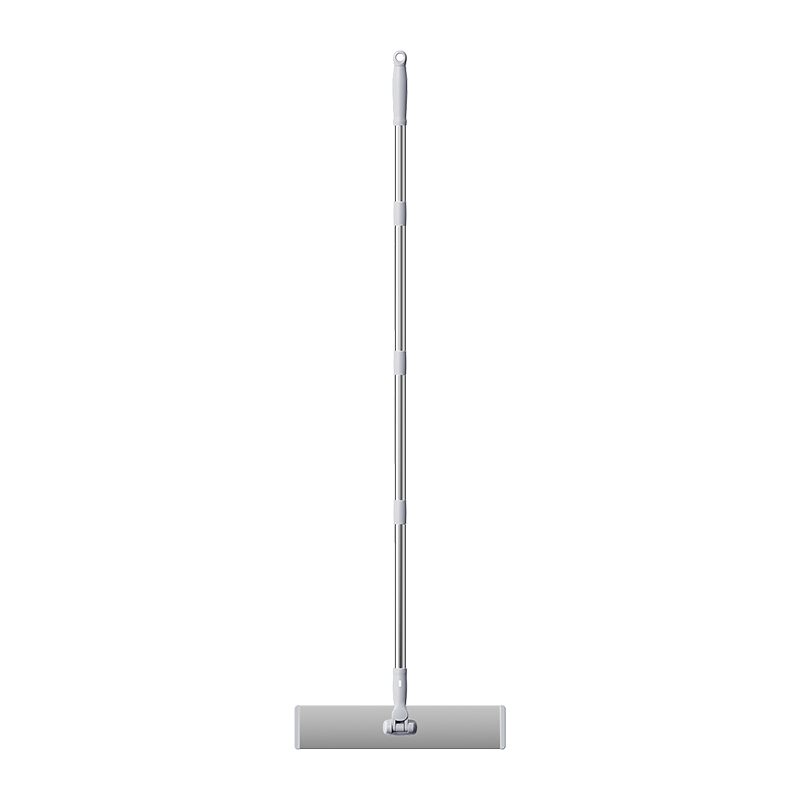
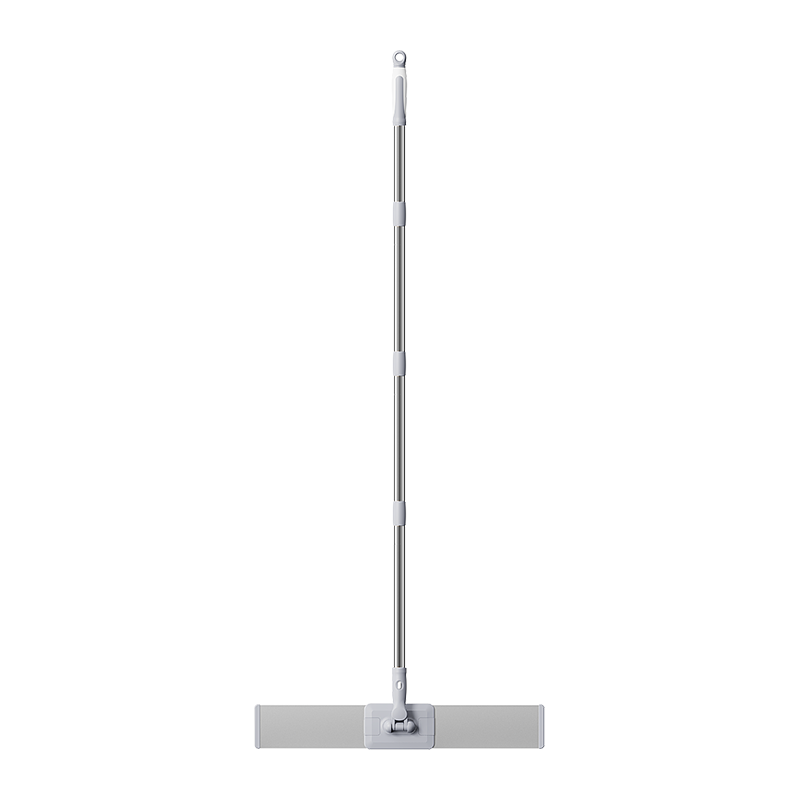
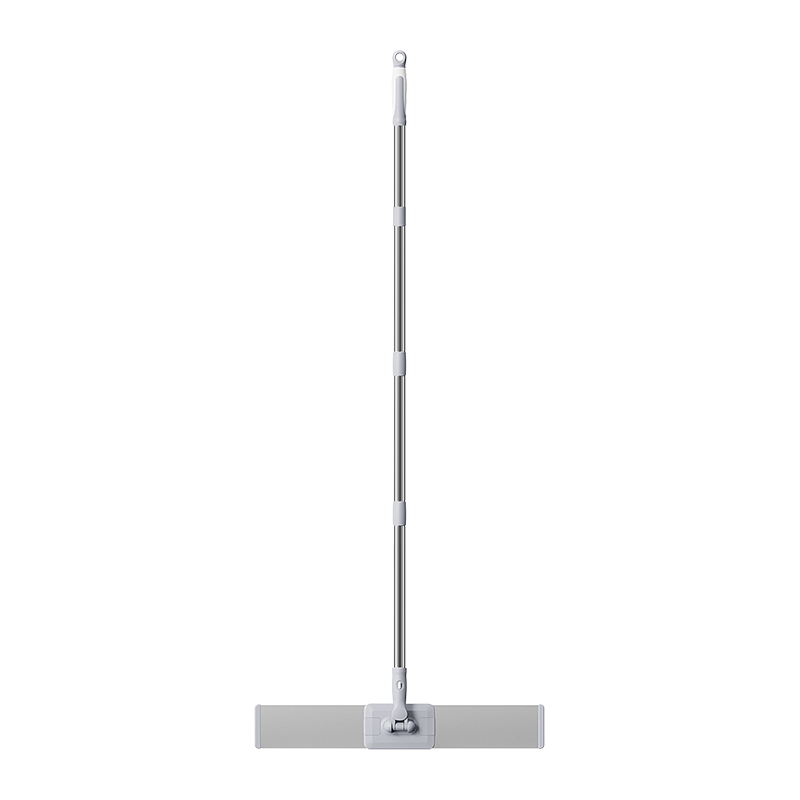
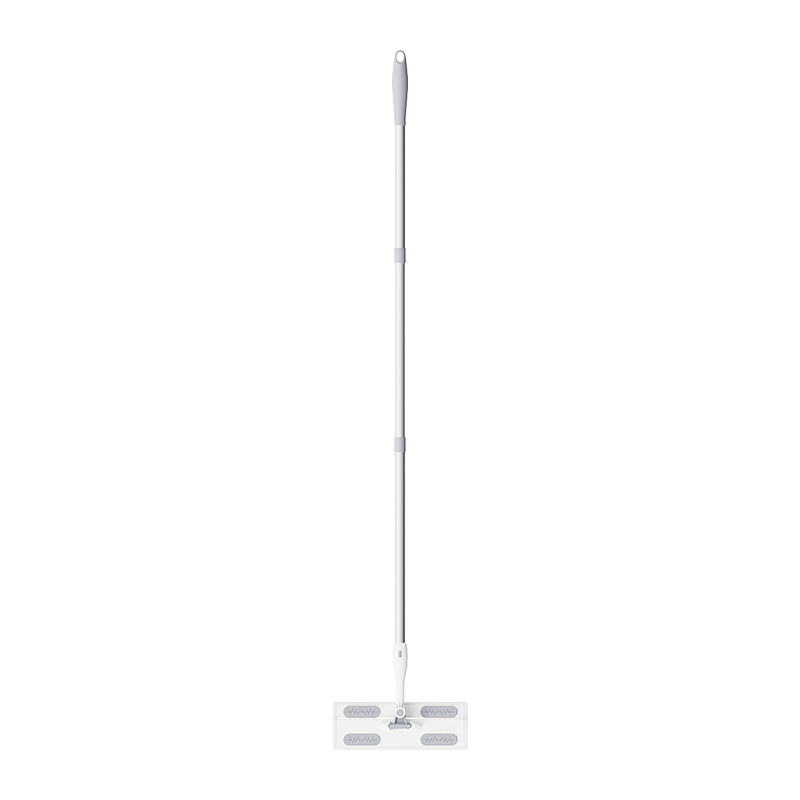
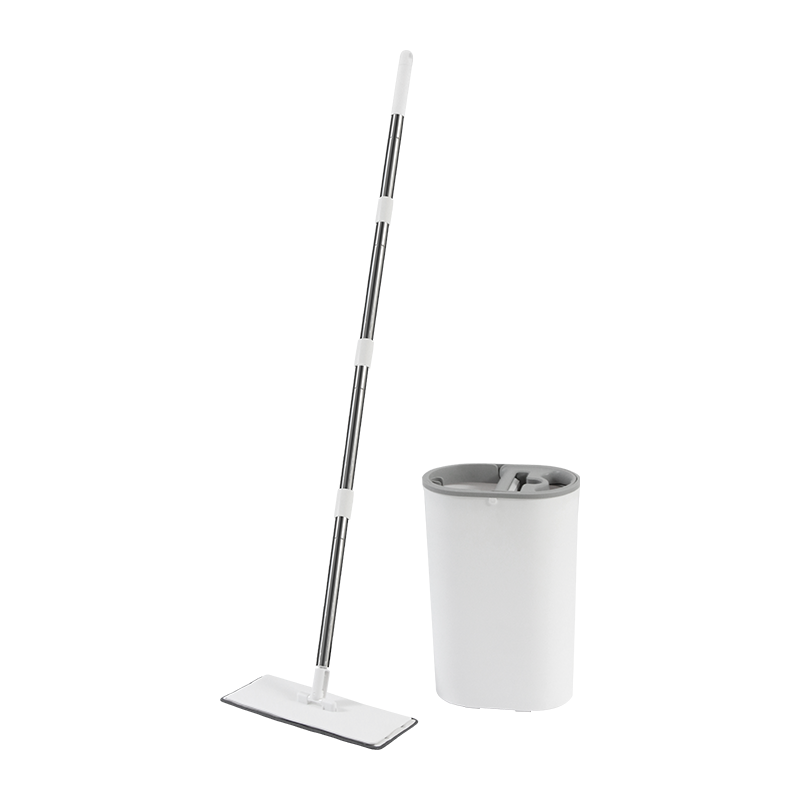
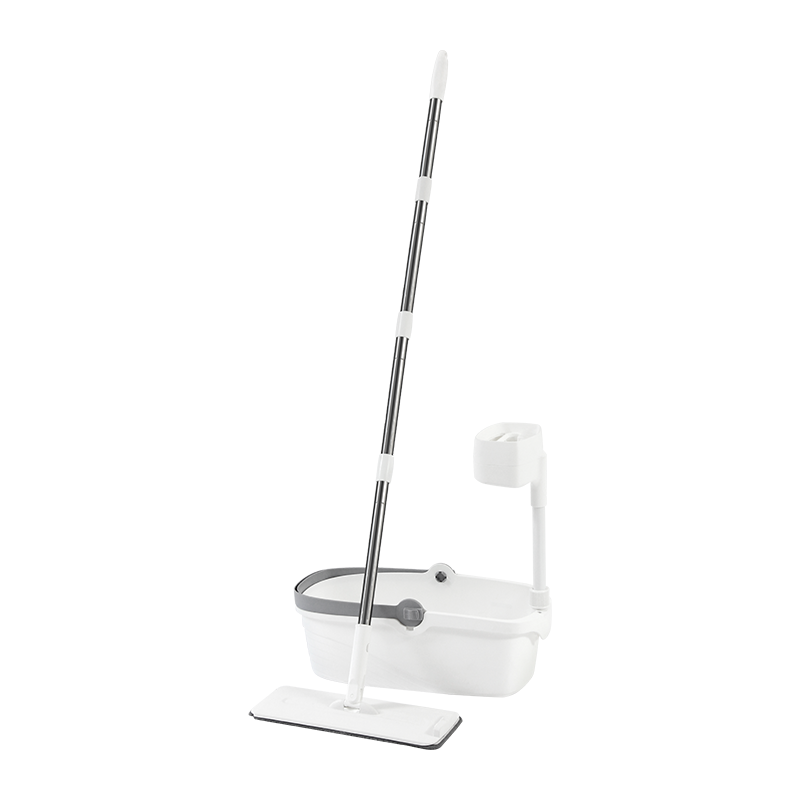

 Products
Products












